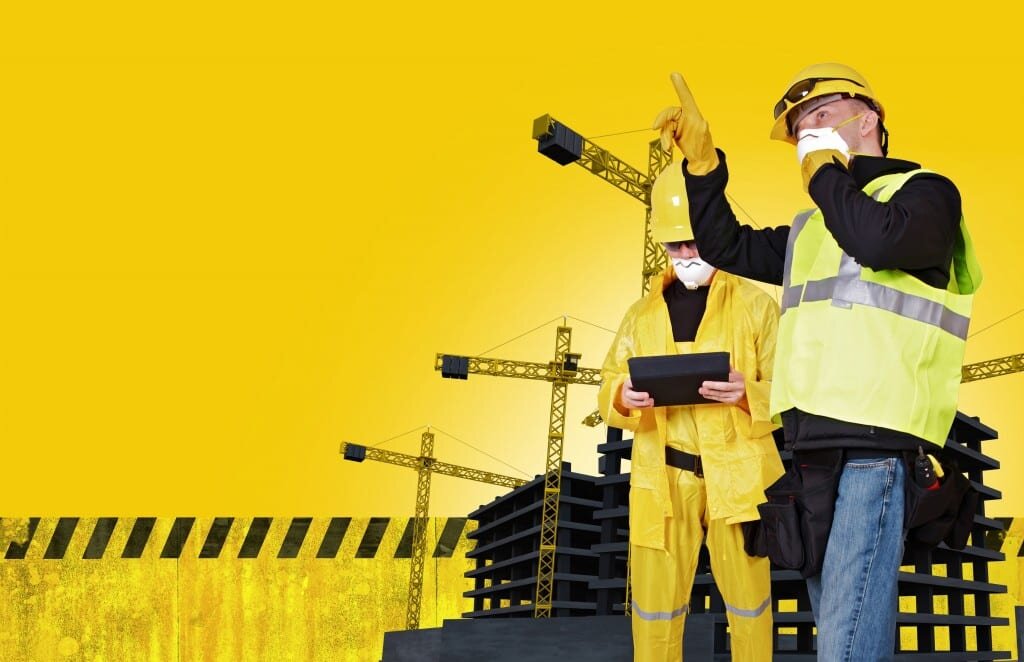5 Steps for Improving Your Hazard Assessments
There were 977 workplace-related fatalities in Canada in 2012, the most recent year for official statistics from the Association of Workers’ Compensation Boards of Canada. And with the criminal code in Canada revised to make companies or individuals criminally liable for not taking safety precautions, it is more important than ever to be aware of any hazards that may be present in the workplace and to be scrupulous about hazard assessments. Don't risk unnecessary prosecution - here are 5 steps to ensure your workplace hazard identification is as comprehensive as possible.
#1 Work in a team
Form a group of at least two people for your hazard assessment team. One person may not be aware or notice certain things another person might. For this reason, it is important for employers in different positions or in different sectors of your company be involved. It is also a good idea to hire an outside consultant for a fresh pair of eyes.
#2 Review past accidents
Look at any incident reports and determine their cause. It is also important to talk to your employees to find out if there have been any near-misses or undue risks taken on the job. This information can help you mitigate hazards in the future.
#3 Involve your employees
Ask staff for input on hazards and how to control them. People working in the most hazardous areas of your business can point you toward risky practices and will offer useful tips for mitigating these hazards. Utilize your people for effective hazard identification and then mitigation.
#4 Avoid assumptions
Just because no one has been injured doing a certain task yet, do not assume it is safe. Ask yourself "what if" questions for each task that may illuminate possible hazards and risks.
#5 Plan your assessment workflow
Determine how you will organize your hazard assessment in advance. Whether it centers around tasks, equipment, job roles, or physical locations, being consistent in your approach will help you be as thorough as possible.
Although accidents in your company may still happen, being as conscientious as possible in your hazard assessments can help lessen the seriousness of those accidents and help protect your company from prosecution and other damaging consequences.
Safety hazards and safety risk: What’s the difference?
The terms “safety hazards” and “safety risks” are sometimes used interchangeably because the primary goal of protecting the worker is the same. However, small differences need to be noted as they can impact how you perform hazard assessments in your workplace.
Safety hazards are any elements in the workspace and work environment that can cause harm to the individual, the environment, and structures, equipment, and tools used for the task. On the other hand, safety risks are the probability that these hazards will cause harm and damage. In other words, once you’ve identified the safety hazards that may present, then you can determine if it is a high or low risk to hurt a worker, damage equipment, or harm the surrounding environment, which includes members of the public.
Assessment and control
The power of hazard and risk assessment comes from identifying what presents a danger to your workers so that you can then begin exploring strategies and tools to mitigate this danger. Once you’ve identified the safety hazard, you have some control over it, understanding when it is a threat and how you can mitigate or eliminate it from the workplace. Also, as the Canadian Centre for Occupational Health and Safety says, a risk assessment will “prioritize hazards and control measures.” This is important as it prevents managers and employers from being overwhelmed and focusing on risk-mitigation and safety practices that will make the biggest impact. Additionally, safety hazard and risk assessment demonstrate due diligence on the employer’s part and may meet legal requirements in a lawsuit – depending on your local occupational health and safety legislation and regulations.
Your occupational health and safety program
Hazard assessments are a small-but-important part of your occupational health and safety program and the specific safety policies and protocols it entails. As WorksafeBC states, an effective safety program will obviously prevent injuries and illness, as well as “outline the importance of, and provide guidance on, health and safety processes such as workplace inspections, investigations, safe work procedures, management meetings for health and safety, joint health and safety committee requirements, and the tracking and trending of OHS records and statistics.”
Elevate your organization's safety protocols with our comprehensive Lone Worker Safety Solution App, tailored to mitigate various workplace hazards. Explore our pricing options to secure a package that suits your needs best. For more in-depth insights on preventing common workplace dangers, our article on Workplace Hazards offers valuable guidance to keep your team safe and informed.
Hazard Assessment ebook
Explore our hazard assessment ebook to find out more information.

